Cases
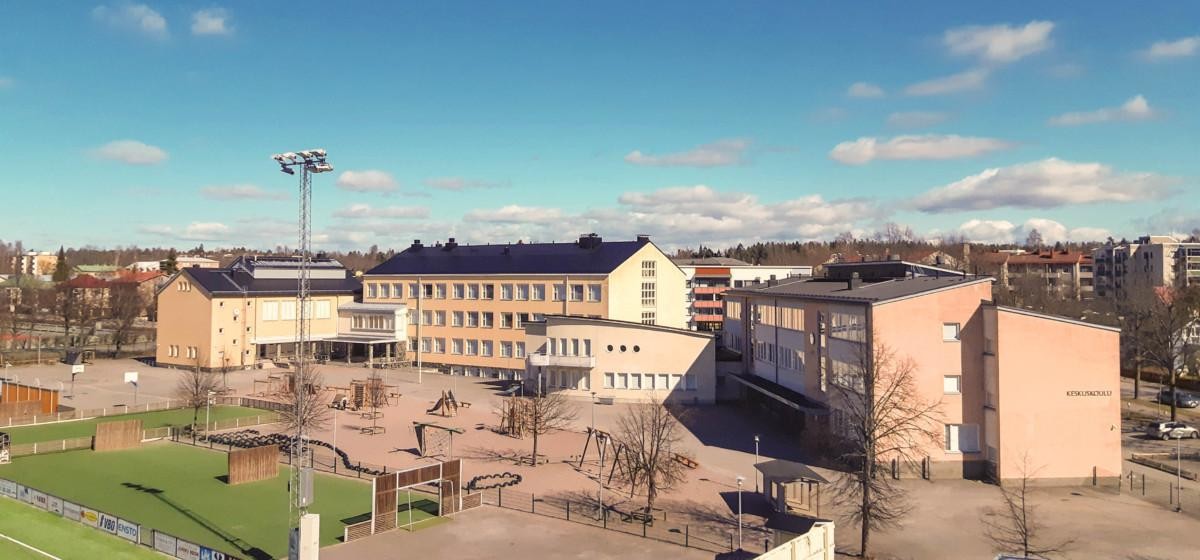
Climate neutrality
Porvoo school heated effectively with waste heat
Published:
The recent energy crisis is a major talking point all over the world. One of the few positive results of this issue is the development and refinement of technology in the use of alternative forms of energy and promotion of energy efficiency. The City of Porvoo began its measures to reduce energy consumption and optimise the use of renewable energy already in 2019.
Waste heat from network
A prime example of this is the new energy system at Porvoo Keskuskoulu (Porvoo Central School), a school of about 450 students. A two-way district heating system was introduced in September 2021 at the school.
The building’s heating utilises mostly low-temperature return water from the district heating network. This enables to utilize waste heat, which is generated elsewhere in the district heating network.
Typically, the district heating company feeds 80–120 degrees Celsius water to the heating network. Underground pipes then deliver hot water to the heating and hot water systems in buildings in a closed loop. The water is then returned to the plant to be heated and returned again and again.
The school has a new patented district heating system with three pipes, which enables the utilisation of low-temperature returning district heat to keep the building warm.
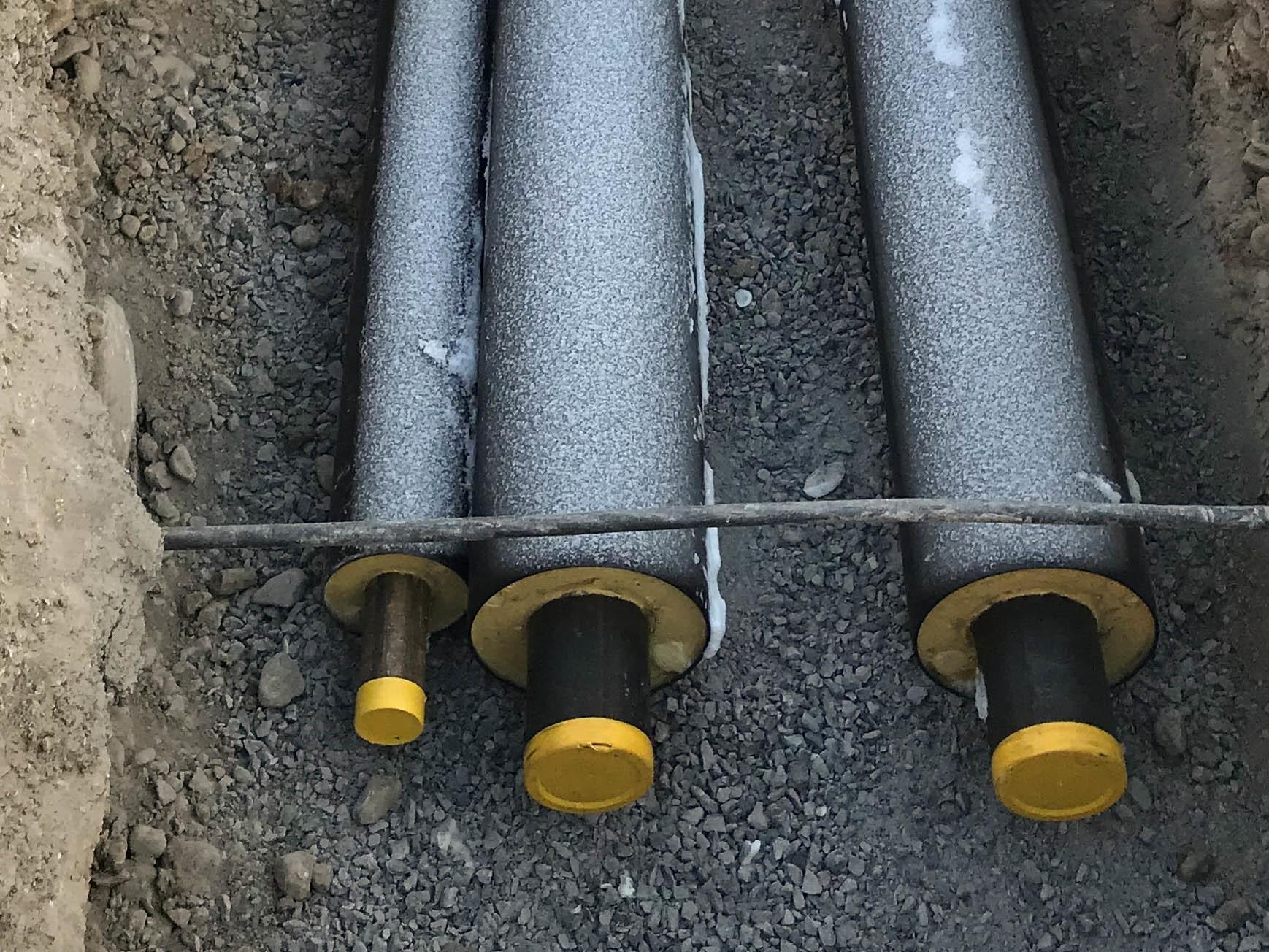
– We use the cooler 40–50 degrees Celsius district heating returning water to heat the school. In practice, the heat is generated as a part of the processes of the industrial area just a few kilometres away, says Project Manager Matti Lehtovaara from the City of Porvoo.
With this technology, the waste heat from the industrial area can be utilised to heat the return water, which in turn heats the school. By using this new method and an automation system, the energy consumption of the property has decreased by about 40 % during the first heating season from September 2021 to May 2022.
Intelligent heat controlling system
The school has also introduced a new kind of intelligent automation system to control heating and ventilation. The sensors placed in the school premises measure both outdoor and indoor temperatures, the air carbon dioxide concentration and heat produced by humans. The system then adjusts the heating and ventilation accordingly, keeping the indoor conditions constant.
– The focus of the project is on users. During the heating season, we aim for a temperature of 21 degrees inside the school, which corresponds to earlier conditions, Mr Lehtovaara says.
The intelligent automation system was introduced to several public properties like schools, kindergartens, the main library and fire station in Porvoo.
Energy consumption and production visible to residents
Social change is also mentioned in the energy plans of the city. Reducing energy consumption requires raising the awareness of the users, for example by making energy consumption visible. The goal is to visualise the energy consumption and production on the city’s website.
CANEMURE project promotes regional climate work
The Finnish Environment Institute’s project CANEMURE stands for “Towards Carbon Neutral Municipalities and Regions in Finland”. This project aims to promote smart and low-carbon transport, to increase the production of distributed renewable energy and to improve the energy efficiency of buildings.
This case example of Porvoo is one of the many subprojects of CANEMURE. 22 organisations participate in the six-year EU project including municipalities and municipal organisations, research institutions and companies. Apart from the Finnish Environment Institute, the main project partners are Tampere University, Natural Resources Institute Finland and Finnish Meteorological Institute.
The Helsinki-Uusimaa Regional Council participates in the CANEMURE project by promoting best practises to mitigate climate change. The aim of Helsinki-Uusimaa is also to guide regional mitigation efforts towards the region’s target of reaching carbon neutrality by 2030.
The news article was first reported on 4 August 2022 at carbonneutralfinland.fi
Canemure-project
The aim of the project is to promote smart low-carbon transport, increase the production of decentralised renewable energy and improve the energy efficiency of buildings.
Canemure-project
The aim of the project is to promote smart low-carbon transport, increase the production of decentralised renewable energy and improve the energy efficiency of buildings.
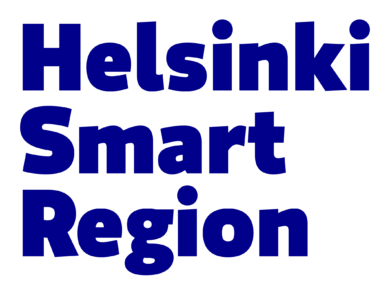






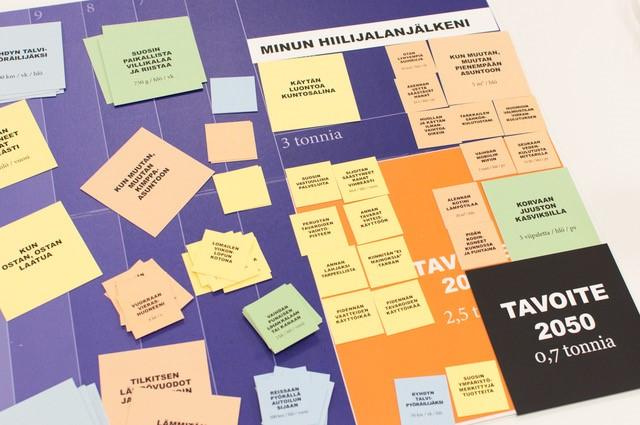
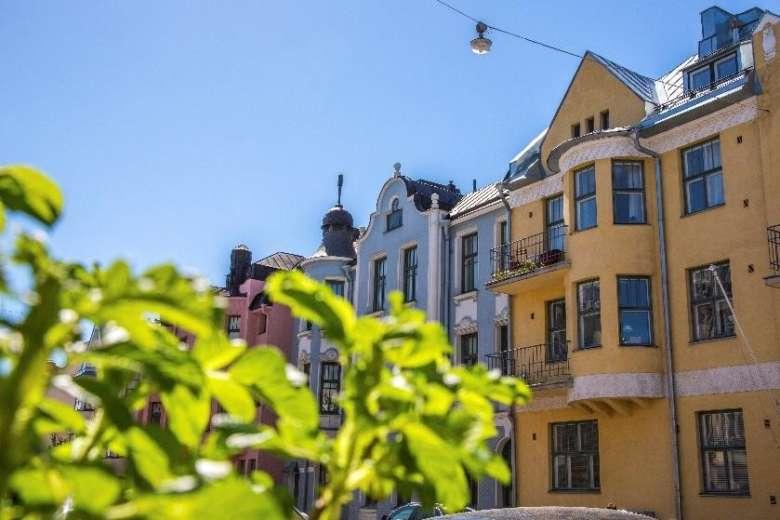
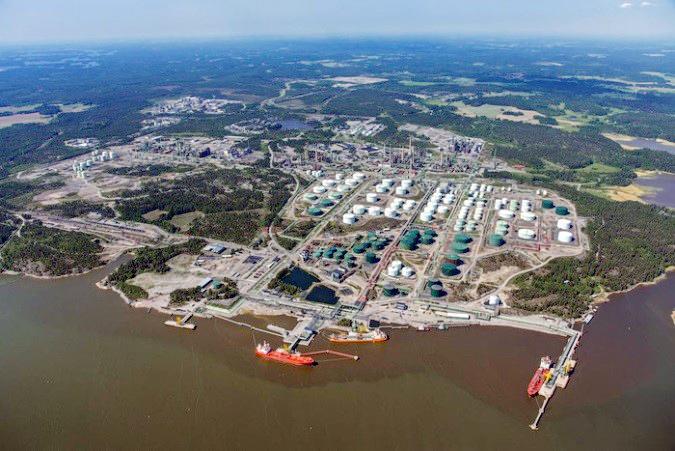
 Return to listing
Return to listing